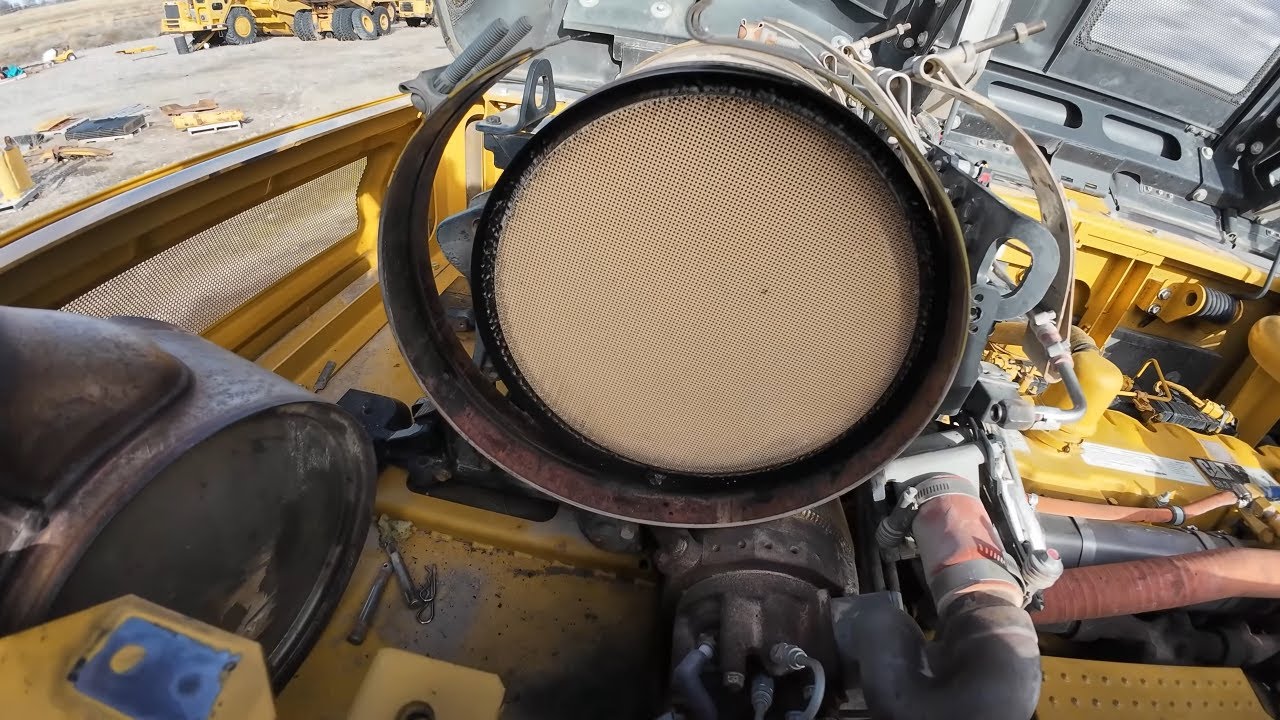If you drive a diesel vehicle, chances are you’ve heard about DPF Cleaning and CAT converter replacement. These two components are vital to keeping your car running smoothly and within environmental regulations. But what exactly are they? How do they work? And why should you care about maintaining them? In this comprehensive guide, we’ll dive deep into everything you need to know about DPF cleaning and CAT converter replacement—breaking down the technical jargon into simple, relatable terms. Whether you’re a car enthusiast, a professional mechanic, or just someone curious about your vehicle’s health, this article is your go-to resource.
What is a Diesel Particulate Filter (DPF)?
Let’s start with the basics. A Diesel Particulate Filter, or DPF, is a device installed in the exhaust system of diesel engines. Its main job? To trap and remove soot particles produced during combustion. Think of it like a high-tech sieve that catches harmful black smoke before it escapes into the atmosphere.
Why is DPF Cleaning Important?
Imagine your kitchen sink drain clogged with food particles—it backs up, slows down, and can cause damage. Your DPF works similarly. Over time, soot and ash build up inside the filter, restricting exhaust flow and affecting engine performance. Ignoring DPF maintenance can lead to costly repairs and increased emissions. Regular cleaning keeps your vehicle efficient, environmentally friendly, and compliant with regulations.
How Does a DPF Work?
DPFs trap particulate matter (PM) from the exhaust gases. During driving, the filter collects these particles and occasionally undergoes a process called regeneration—where high temperatures burn off the soot, turning it into harmless ash. But when regeneration fails or is insufficient, the DPF clogs, triggering warning lights and performance drops.
Signs Your DPF Needs Cleaning
How do you know if your DPF needs attention? Here are some red flags:
- Reduced engine power or sluggish acceleration
- Increased fuel consumption
- Warning lights on the dashboard (DPF or check engine light)
- Strange smells or excessive smoke from the exhaust
- Frequent regeneration cycles or failure to complete regeneration
Methods of DPF Cleaning
When it comes to cleaning, there are several approaches:
- Passive Regeneration: Happens automatically during highway driving when exhaust temperature is high.
- Active Regeneration: The engine management system raises the exhaust temperature to burn soot.
- Forced Regeneration: Performed by mechanics using specialized diagnostic tools.
- Chemical Cleaning: Involves flushing the DPF with solvents to remove deposits.
- Ultrasonic or Thermal Cleaning: High-tech cleaning methods at service centers.
Professional vs DIY DPF Cleaning
Sure, DIY sounds appealing, but cleaning a DPF often requires specialized equipment and knowledge. Professionals can safely remove, clean, and test the filter to ensure it’s fully functional. DIY attempts risk damaging the filter or voiding your warranty.
How Often Should You Clean Your DPF?
Cleaning frequency depends on your driving habits, vehicle type, and fuel quality. Generally, a DPF should be inspected every 100,000 km (about 62,000 miles). However, city driving with lots of stop-and-go traffic may require more frequent cleaning.
What is a Catalytic Converter (CAT)?
Switching gears, the catalytic converter, or CAT, is another critical component in your exhaust system. Its purpose? To convert harmful gases like carbon monoxide (CO), nitrogen oxides (NOx), and hydrocarbons (HC) into less harmful substances like carbon dioxide (CO2) and nitrogen.
Role of the CAT Converter in Vehicle Emissions
The CAT converter contains a catalyst, usually made of platinum, palladium, and rhodium, which facilitates chemical reactions that neutralize pollutants. Without it, vehicle emissions would be dangerously toxic and illegal to release.
Common Issues with CAT Converters
Like any part, CAT converter replacement can fail or degrade. Common problems include:
- Clogging or blockage
- Physical damage or melting of catalyst material
- Theft due to precious metals
- Reduced engine performance and increased emissions
When to Consider CAT Converter Replacement
If your catalytic converter is clogged, damaged, or stolen, replacement is often the only option. Signs include:
- Persistent check engine light
- Failed emissions test
- Poor fuel efficiency
- Strange rattling noises under the vehicle
Steps Involved in CAT Converter Replacement
Replacing a CAT converter involves:
- Diagnosing the problem using OBD-II scanners.
- Removing the old converter (usually bolted or welded).
- Installing a new OEM or aftermarket CAT converter.
- Testing for leaks and functionality.
- Clearing error codes and road testing the vehicle.
Cost of DPF Cleaning vs CAT Converter Replacement
Cost matters, right? DPF cleaning typically ranges from $150 to $600 depending on the method and vehicle type. On the other hand, CAT converter replacement can cost anywhere from $500 to $2,500 or more due to expensive catalyst materials.
Benefits of Regular Maintenance for DPF and CAT Converter
Keeping these parts in top shape offers:
- Improved fuel economy
- Lower emissions and better environmental compliance
- Enhanced engine performance
- Extended lifespan of exhaust system components
- Avoidance of costly repairs or replacements
Environmental Impact of Proper DPF and CAT Maintenance
By maintaining your DPF and CAT converter, you’re not just saving money—you’re helping the planet. These systems drastically reduce the release of harmful particulates and gases that contribute to air pollution, smog, and health issues.
Tips to Extend the Life of Your DPF and CAT Converter
Want to keep these components healthy longer? Here’s how:
- Use quality fuel and oil
- Avoid frequent short trips that prevent regeneration
- Regularly inspect and service your exhaust system
- Drive at highway speeds periodically to promote passive regeneration
- Address warning signs early
Conclusion
DPF cleaning and CAT converter replacement may not be the most glamorous topics, but they’re absolutely crucial for your diesel vehicle’s health and the environment. Understanding how these systems work, recognizing the signs of trouble, and maintaining them proactively will save you money and headaches down the road. Whether you choose professional cleaning or replacement, always prioritize quality and timely service. After all, a well-maintained car is a happy car—and a cleaner planet is a happier place for all of us.









